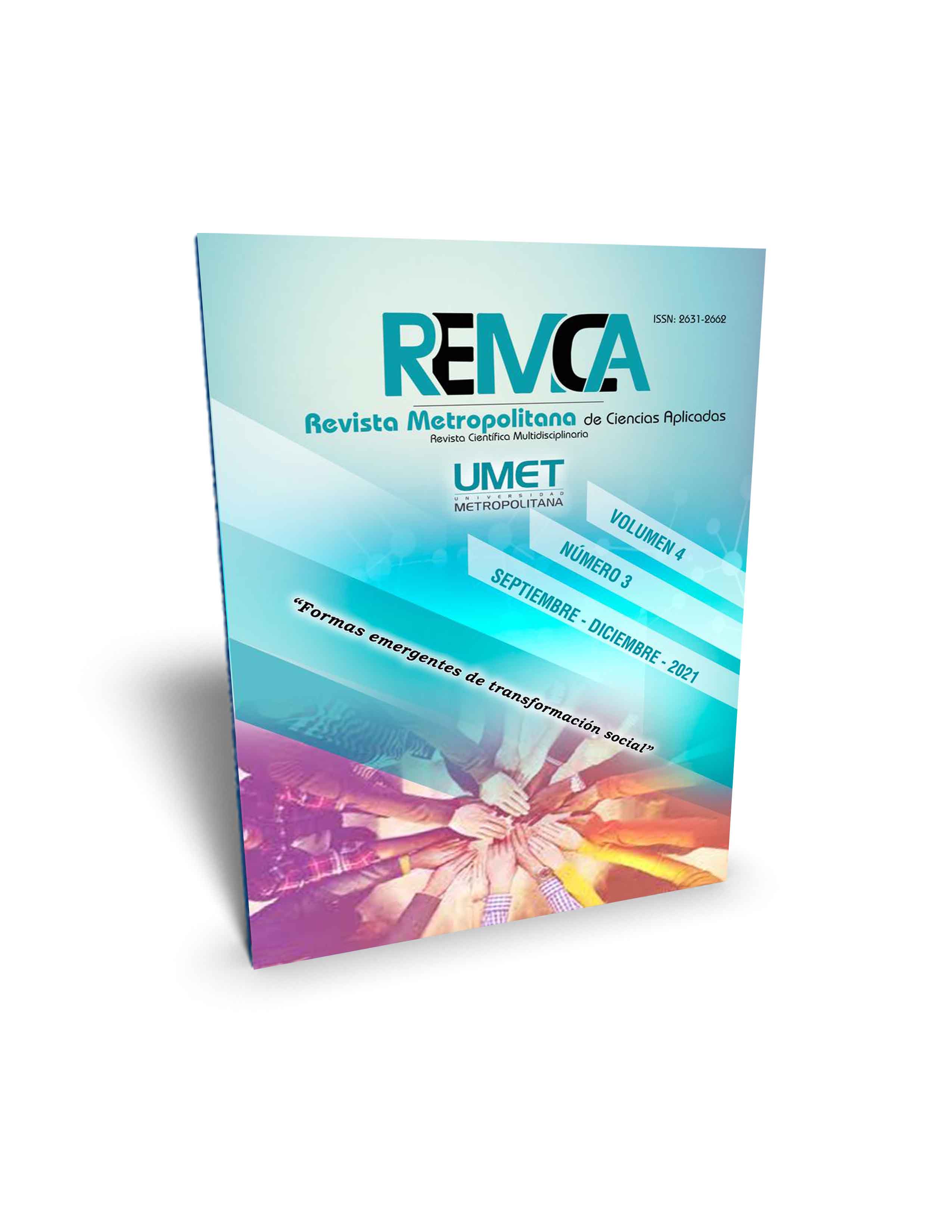Occupational risk management procedure for a micro-construction company
DOI:
https://doi.org/10.62452/5f3jag73Keywords:
Risk management, work incidents, personal motivation, safe man, responsibilities and authoritiesAbstract
With the use of two methods of the scientific theoretical type and one of empirical inquiry, the present investigation had the purpose of designing and applying an easy to use procedure for the person in charge of risk management in an Ecuadorian micro-construction company with less than 10 workers. Its structure involves the specifications that must be taken into account for the training of personnel in the prevention of construction risks, the aspects in the design and execution of the project related to hazards to which the personnel will be exposed. It also includes how it should be the monitoring of actions and suggested substandard conditions and the application of a stimulation system for the promotion of the safe man in the microenterprise that increased the motivation of its employees, which translated into an increase in the pace of work with prevention and positive impact on deflation of labor incidents.
Downloads
References
Almario Sabogal, L. A. (2019). Desórdenes músculo-esqueléticos en trabajadores del sector de la salud. Repository. Unimilitar.Edu.Co, 8(5).
Argüello-López, G. M., Uribe Bermúdez, J. M., & Valdivieso Guerrero, M. (2017). Relación entre capacitación y actitud hacia los riesgos laborales en el sector construcción del área metropolitana de Bucaramanga. I+D Revista de Investigaciones, 9(1), 14–26.
Calderón Piñeres, J. A., Pinilla Pirachican, A. M., Tovar Martínez, M. A., & Zapata Atuesta, M. (2020). Caracterización de variables de los accidentes laborales de tres empresas del sector de la construcción reportados en los años 2014, 2015 y primer semestre de 2016. (Tesis de Especialización). Pontificia Universidad Javeriana.
Consejo Andino de Ministros. (2004). Decisión 584 Instrumento Andino de Seguridad y Salud en el Trabajo. https://oiss.org/wp-content/uploads/2018/12/decision584.pdf
Correa, M., Quintero, M., Molina, C., Velázquez, M., Olarte, S., Williams, I., Muñoz, A., Lerouge, L., López, M., & López, J. (2020). Los nuevos retos del trabajo decente : la salud mental y los riesgos psicosociales. Universidad Carlos III de Madrid.
Espín, C., Espín Beltran, M. L., & Zambrano, L. (2018). Evaluación de riesgos ergonómicos y su incidencia en la salud de los trabajadores del Gad parroquial rural Alluriquín. Revista.Redipe.Org, 7(2), 1–8.
Instituto Ecuatoriano de Seguridad Social. (2019). Resolución No. C.D. 513 Reglamento del Seguro General de Riesgos del Trabajo. https://sut.trabajo.gob.ec/publico/Normativa%20Legal/Resoluciones/Resoluci%C3%B3n%20del%20IESS%20513.pdf
Mallissery, S., Prabhu, J., & Ganiga, R. (2016). Análisis de las causas y consecuencias de los accidentes laborales ocurridos en dos proyectos de construcción. IET Seminar Digest, (2), 224–228.
Martín Díaz, J. (2020). Prevención de riesgos laborales en el cultivo de Pitahaya en Manabí, Ecuador. Medicina y Seguridad Del Trabajo, 46(183), 41–52.
Ortega, C. A. (2018). Propuesta de intervención para la reducción de accidentes laborales : la importancia del factor. Administración Contemporánea. Revista de Investigación, 16–33.
Downloads
Published
Issue
Section
License
Copyright (c) 2021 Tonysé De la Rosa Martín, Adrián Ramírez Seguí (Autor/a)

This work is licensed under a Creative Commons Attribution-NonCommercial-ShareAlike 4.0 International License.
Authors who publish in Revista Metropolitana de Ciencias Aplicadas (REMCA), agree to the following terms:
1. Copyright
Authors retain unrestricted copyright to their work. Authors grant the journal the right of first publication. To this end, they assign the journal non-exclusive exploitation rights (reproduction, distribution, public communication, and transformation). Authors may enter into additional agreements for the non-exclusive distribution of the version of the work published in the journal, provided that acknowledgment of its initial publication in this journal is given.
© The authors.
2. License
The articles are published in the journal under the Creative Commons Attribution-NonCommercial-ShareAlike 4.0 International License (CC BY-NC-SA 4.0). The terms can be found at: https://creativecommons.org/licenses/by-nc-sa/4.0/deed.en
This license allows:
- Sharing: Copying and redistributing the material in any medium or format.
- Adapting: Remixing, transforming, and building upon the material.
Under the following terms:
- Attribution: You must give appropriate credit, provide a link to the license, and indicate if any changes were made. You may do this in any reasonable manner, but not in any way that suggests the licensor endorses or sponsors your use.
- NonCommercial: You may not use the material for commercial purposes.
- ShareAlike: If you remix, transform, or build upon the material, you must distribute your creation under the same license as the original work.
There are no additional restrictions. You may not apply legal terms or technological measures that legally restrict others from doing anything the license permits.




